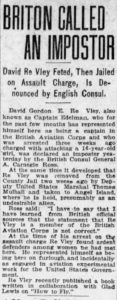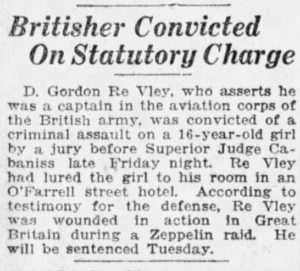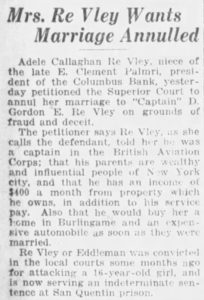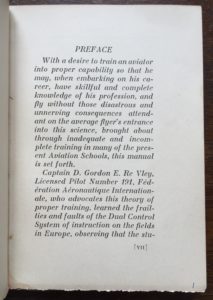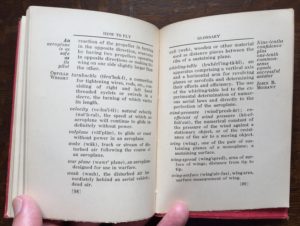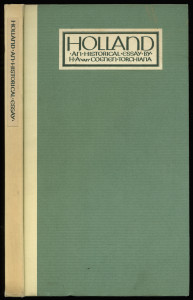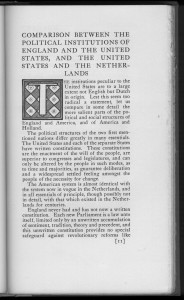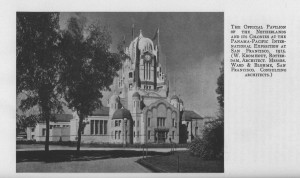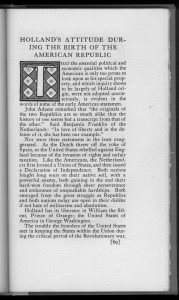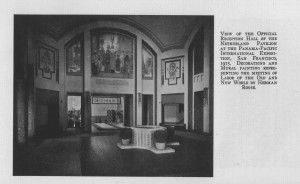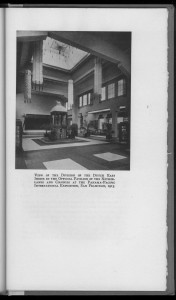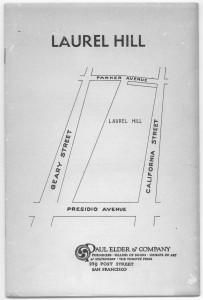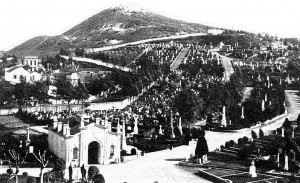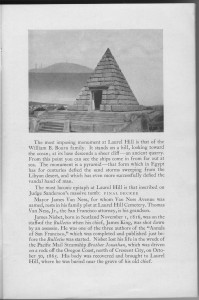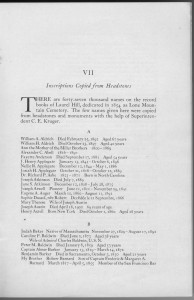
A young heiress! A suave French pilot! Intrigue! Romance! Plot twists! But wait, didn’t you say that title of this book was How To Fly? Yes I did, and I hope you’ll find this one of the most exciting stories on this website.
How To Fly (1917), by Captain D. Gordon E. Re Vley, is an introductory treatise on how to fly an airplane, written in those heady early days of powered flight, just fourteen years after the Wright Brothers’ inaugural flight at Kitty Hawk. In 1917, World War I was still raging in Europe, and famous fighter aces such as Eddie Rickenbacker and “Red Baron” Manfred von Richthofen engaged in dogfights over Belgium and France. Pilots in the early days of flight had much the same acclaim and allure as astronauts did in the early days of the Space Age.
How To Fly is a small book with flexible covers, fitting easily into a shirt pocket. Re Vley surely did not intend for his book to be a pilot’s sole source of instruction; perhaps he thought publishing the book would gain him a clientele of wealthy students? Early aviation manuals such as this are in demand by collectors, and so a copy of How To Fly can be hard to find.
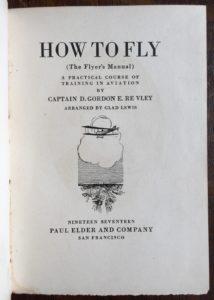
Enough about the book! What about the intrigue and the young heiress?! In September 1918, Captain Re Vley met 22-year-old Adele Dorothy Callaghan. On her mother’s side, Adele was part of an important Italian-American family in San Francisco. Her aunt Adelina was married to Egisto Palmieri, the first Italian-American state senator in California. Another aunt, Erminia, was married to Ettore Patrizi, publisher of L’Italia, the largest Italian-language newspaper in the western United States. And her grandmother, Annie Cuneo, was the first woman in the United States to serve on the Board of Directors of a major bank.
Re Vley also had an interesting background. Born in France but raised in England, he became a pilot and rose to the rank of Captain in the British Aviation Corps. He went to California on furlough, and was engaged in experimental aviation work for the US Government. Between his investments and his service pay he was quite well off, and had recently started an airplane manufacturing company.
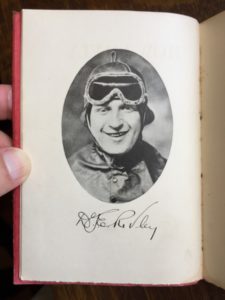
On 10 October 1918, Re Vley and Callaghan eloped, and were married in Hollister, California. After the wedding, they toured several grand houses in San Mateo, and after Adele indicated the one she liked best, Re Vley purchased it. In the meantime, they secured a flat in the Marble Crest Apartments at 845 Bush St. in San Francisco.
And then one fateful day in early January 1919, Re Vley went out for a walk. While he was out, Adele “thought it would be perfectly lovely,” as she later explained to a judge, “to examine her husband’s luggage and have a peek at some of the strange things that men carry about with them.” What she found in his suitcase shocked her to the core: her husband was not French, he was Russian. His name was not Re Vley, it was Edelman. No, he never was a member of the British Aviation Corps, he wasn’t rich, he didn’t own an airplane manufacturing business, and he hadn’t bought her that mansion in San Mateo. And worst of all, in August 1917, her husband had been arrested for luring a sixteen-year-old girl to his apartment and assaulting her, for which he was tried and convicted, and spent nine months in San Quentin prison. Everything he had told her was a lie.

One can only imagine the scene when “Captain” Re Vley/Edelman returned from his stroll. When the shouting was over, Adele left her husband and sued for annulment, which was granted on 2 April. As you can see in the images below, the local papers delighted in reporting the saga. The day following the annulment, the Oakland Tribune quoted Adele as saying “When a terribly handsome French aviator comes a-wooing, and telling fairy stories, count ten before eloping with him.” What a shame that Adele hadn’t read the San Francisco Examiner article on 20 September 1917—a year and a half earlier—when Re Vley (“also known as Captain Edelman”) had been outed as an impostor by the British Consul General and arrested for assault.
By January 1920, eight months later, Adele Callaghan had married Arthur Cornelius Crowley (1895-1941), and this marriage stuck. Adele outlived her second husband by forty-eight years, passing away in June 1989 at the age of 93. Adele and Arthur are buried in the Palmieri family crypt at the Italian Cemetery in Colma.
After the annulment, Re Vley/Edelman vanishes from history. Who knows what other unsuspecting damsels may have been entrapped by “the dashing young officer”?
Update, 18 Nov 2022: I have discovered what happened to our dashing young officer. He remained in San Francisco, and on 4 March 1921 he married Ivy Gertrude Heath. On the marriage license, his name is listed as David Gordon Edmund Revley, born in New York City circa 1895, the son of Jean Revley and Claire Selekoff. (Of course, it’s hard to know how much of this is accurate, given Revley’s known penchant for lying.) Seven years later, on 18 August 1928, he marries his third wife, Alverda Giltner. In the 1930 census, David and Alverda are living on O’Farrell St. in San Francisco. The final record for David Revley is his death on 19 December 1932, at the age of 37.
